How much does a 20kwh solar battery cost ?
Jun 13, 2025
As renewable energy is booming, solar battery, as a key device to balance energy supply and demand and improve energy efficiency, is attracting more and more attention from customers. In particular, the 20kWh capacity specification has become a popular choice in the market because it can meet the daily electricity needs of households and is suitable for small industrial and commercial scenarios. As a professional manufacturer of battery energy storage products, GreenMore has always been committed to providing customers with cost-effective energy storage solutions. Today, let's take a deep look at the cost structure and influencing factors of the 20kWh solar battery.
1. Factors affecting the cost of 20kWh energy storage batteries
Battery Type and Technology
The mainstream energy storage battery types on the market are lead-acid batteries, lithium batteries, etc. Lead-acid batteries are relatively low in cost, but they have low energy density and short life. Lithium batteries, especially lithium iron phosphate batteries, have become the mainstream choice for current energy storage systems due to their high energy density, long cycle life and high safety. At the 20kWh capacity level, if lead-acid batteries are used, the overall cost may be in a lower range, but considering the need for frequent replacement, the long-term comprehensive cost is not low. Although the initial purchase cost of lithium batteries is higher, they have better economic efficiency from a full life cycle perspective. Taking GreenMore's products as an example, our lithium battery energy storage system uses advanced lithium iron phosphate technology to ensure that the product achieves a good balance between performance and cost.
Raw material price fluctuations
The price fluctuations of lithium battery's core raw materials, such as lithium, cobalt, nickel and other metal elements, have a significant impact on battery costs. For example, the price of cobalt has fluctuated sharply in the past period of time, which directly led to the instability of lithium battery production costs. When the price of raw materials rises, the cost of 20kWh energy storage batteries will inevitably rise. GreenMore has established long-term and stable cooperative relationships with high-quality suppliers and optimized supply chain management to minimize the impact of raw material price fluctuations on product costs and provide customers with relatively stable products.
Production technology and scale effect
Advanced production processes can improve production efficiency, reduce defective product rates, and thus reduce the cost per battery. As production scale expands, companies can achieve economies of scale in procurement, production, management, and other links. GreenMore continues to invest in research and development to optimize production processes, and as our production capacity gradually increases, we have been able to pass on cost advantages to customers through economies of scale, making our 20kWh energy storage batteries more competitively priced while ensuring high quality.
Performance and customization requirements
Different application scenarios have different performance requirements for energy storage batteries, such as energy density, cycle life, charge and discharge speed, etc. Higher performance requirements often require more advanced materials and technologies, which will increase costs. In addition, customized capacity requirements will also affect prices. In addition to providing standard 5KWh, 10KWh, 15KWh, and 20KWh capacity energy storage battery products, GreenMore also supports customized capacity. Customized products require additional R&D, production debugging, and other work, so the cost will be higher than that of standard products.
2.GreenMore 20kWh Energy Storage Battery Cost Analysis
Cost Structure
Battery module: This is the main part of the energy storage battery cost. In GreenMore's 20kWh energy storage battery, the battery module uses high-quality lithium iron phosphate cells to ensure long life and high safety. Its cost accounts for a large proportion of the total cost.
Battery Management System (BMS): BMS is crucial to ensure the safe and stable operation of the battery. It can monitor the battery's voltage, current, temperature and other parameters to prevent overcharging and over-discharging of the battery. GreenMore's BMS uses advanced technology, and its cost also accounts for a certain share of the total cost.
Shell and structural parts: In order to protect the battery module and internal circuits and meet the requirements of different installation scenarios, the cost of shell and structural parts cannot be ignored. The shell of our products is made of durable materials with good protective performance to ensure reliable operation in various environments.
Other accessories and assembly costs: including other accessories such as connecting cables, control circuits, and the labor cost of assembling various components into a complete product.
GreenMore cost advantage
Technological innovation reduces costs: Through continuous technological research and development, the energy density has been improved, and product performance has been improved without increasing excessive costs. At the same time, advanced automated production equipment has been adopted to improve production efficiency and reduce labor costs.
Scale advantage: As the market demand for energy storage batteries grows, GreenMore's production scale continues to expand. We have established long-term and stable cooperative relationships with suppliers, and have stronger bargaining power in raw material procurement, thereby reducing raw material costs, which is ultimately reflected in product prices, providing customers with more cost-effective 20kWh energy storage batteries.
3.Market reference price range
Taking into account various factors in the market and the product conditions of different brands, the current market price range of 20kWh lithium battery energy storage systems fluctuates greatly. Generally speaking, the price of products with more common configurations may be around US$2,500-3,500, while products like GreenMore that use high-quality materials, advanced technology and have good brand services may be priced in the range of US$3,000-4,000. Of course, this is just a rough reference range, and the actual price will vary depending on the specific needs of customers, the degree of customization and the dynamic changes in the market.
When considering the cost of a 20kWh energy storage battery, you should not only focus on the initial purchase price of the product, but also consider factors such as product performance, life, maintenance costs, and brand service quality. GreenMore is committed to providing high-quality, cost-effective energy storage battery products to customers around the world, helping customers achieve optimal cost-effectiveness while meeting their energy storage needs. If you are interested in our 20kWh energy storage battery or other capacity products, please feel free to contact us and we will provide you with detailed product information and professional solutions. To learn more about solar battery products, click www.gnsolarkit.com
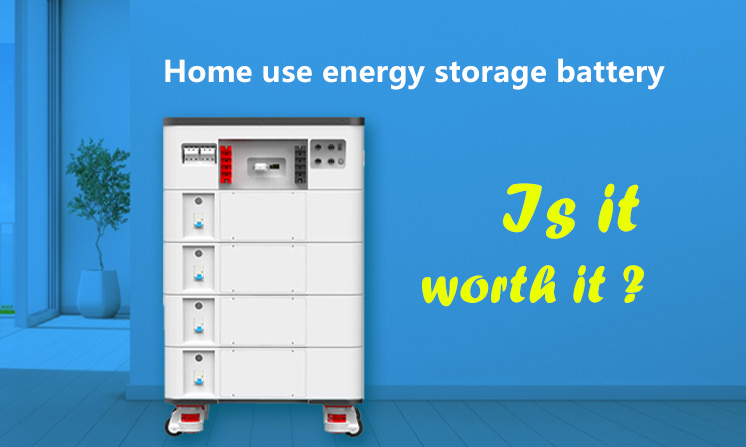
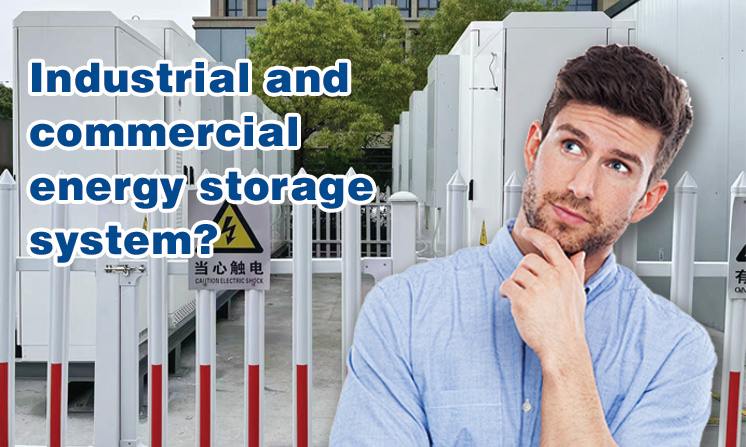
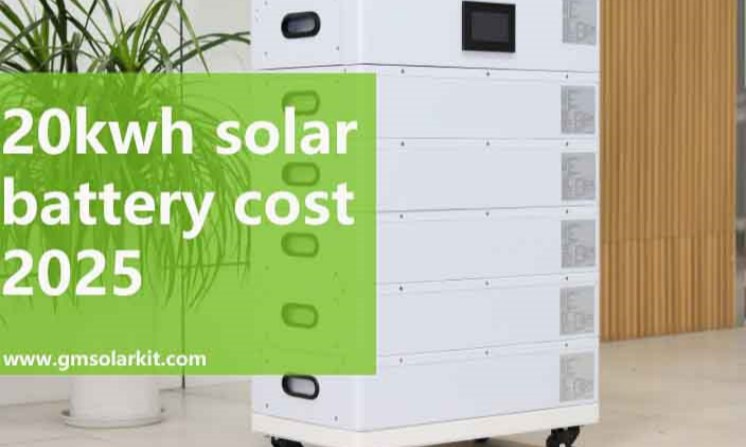
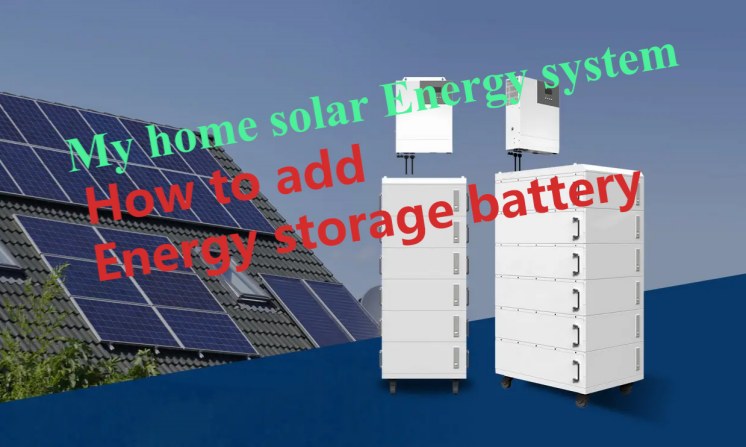
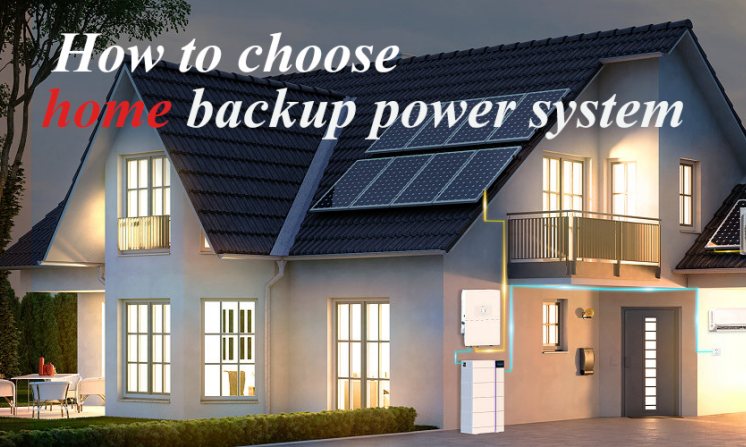
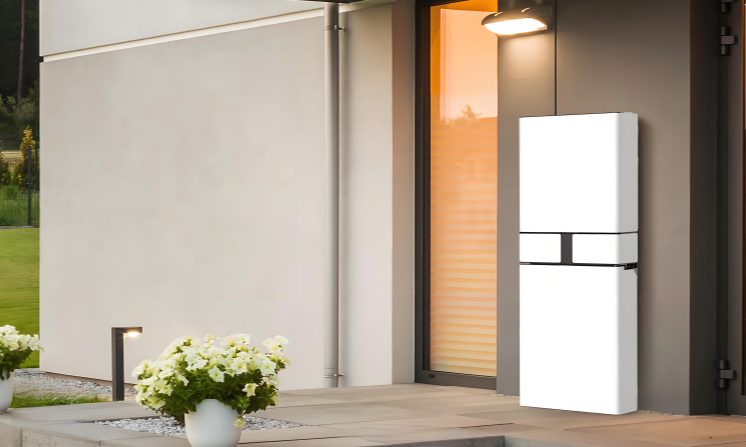
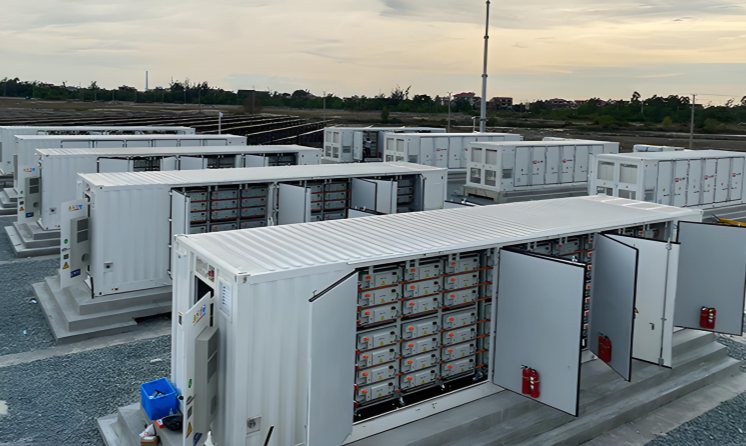
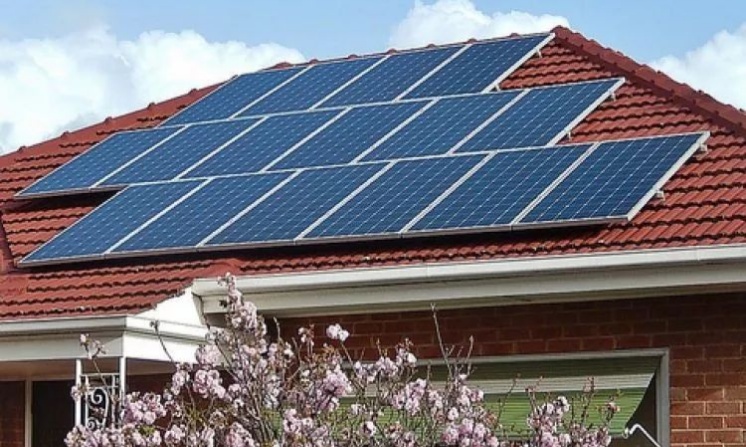
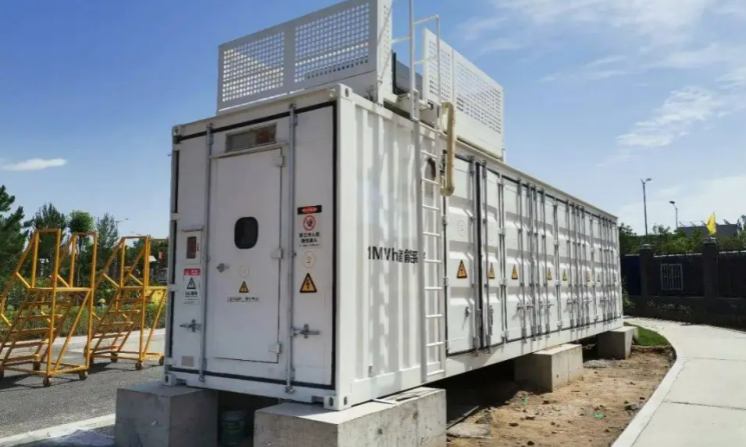
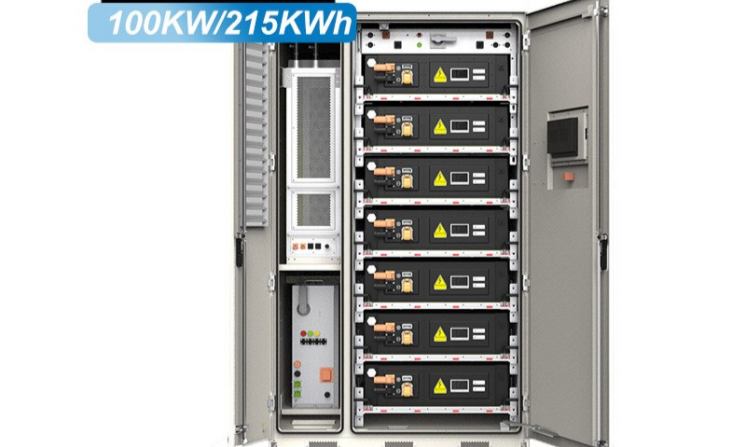
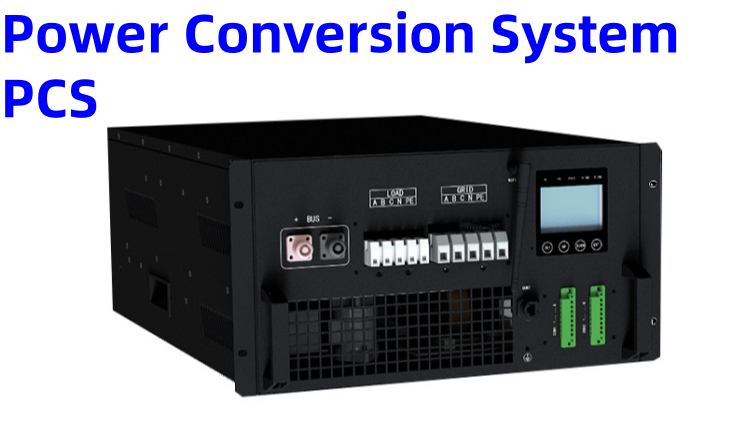
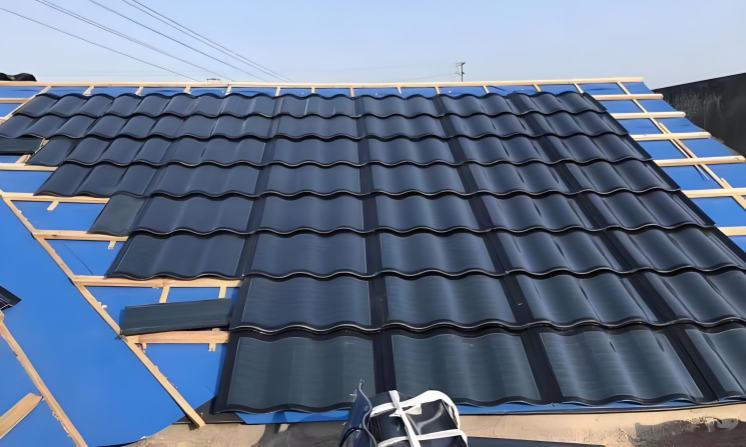


 Network Supported
Network Supported